 Operation and Maintenance
Operation and Maintenance
 Linux Operation and Maintenance
Linux Operation and Maintenance
 VMWare installation Centos 6.9 method tutorial
VMWare installation Centos 6.9 method tutorial
VMWare installation Centos 6.9 method tutorial
1. Create a new virtual machine
(1) Click File-->New Virtual Machine
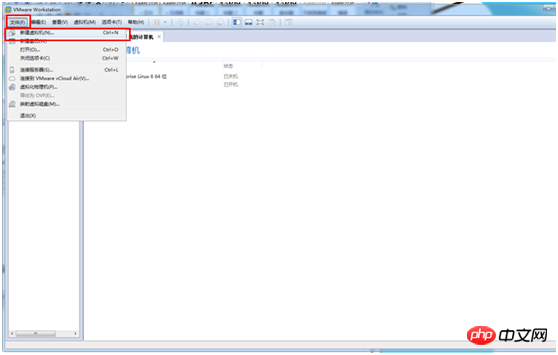
(2) Select Custom (Advanced) --> Next step
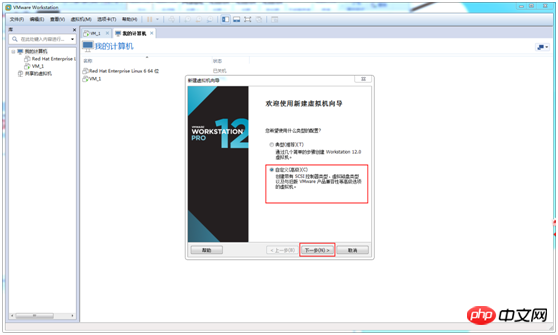
(3) Select Workstation 12.0 --> Next step
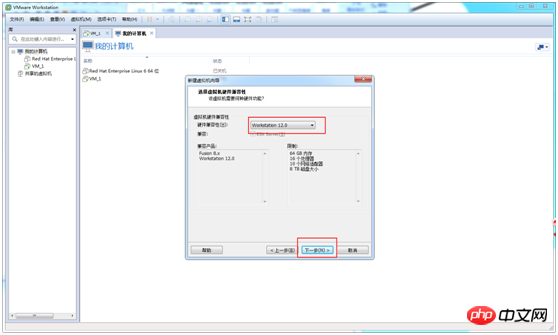
(4 ) Choose to install the operating system later --> Next step

(5) Select Linux à Red Hat Enterprise Linux 6 64-bit --> Next step

(6) Modify the virtual machine name --> Next step
This virtual machine name is the name you will see in the left column in the future
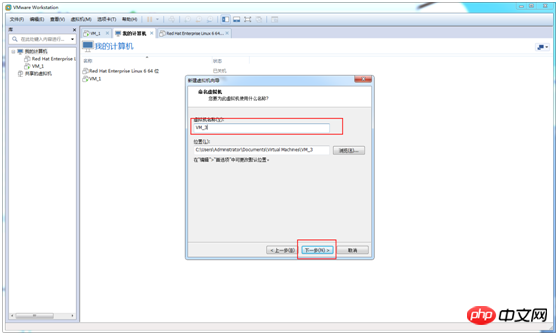
(7) Click next
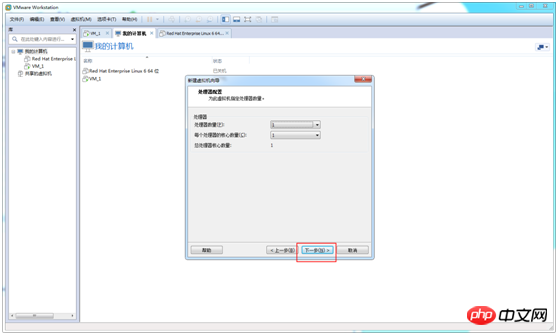
(8) Directly use the recommended memory, click next step
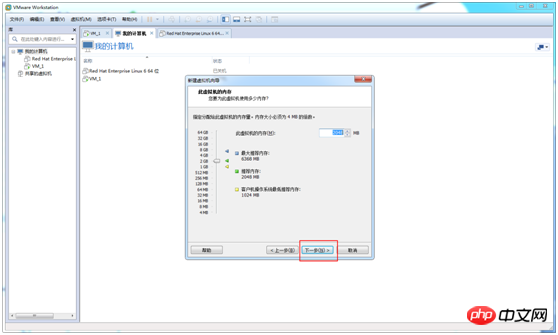
(9) Choose to use Network Address Translation (NAT) --> Next step
This step is to select the network type, which can be changed at any time after installing the virtual machine.
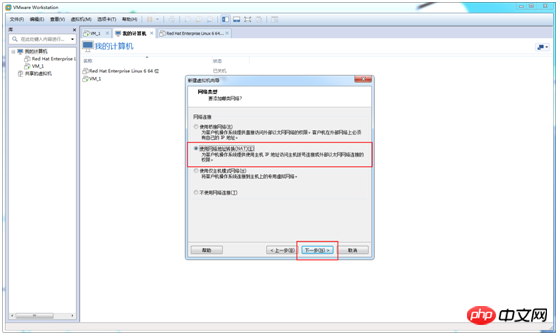
(10) Select LSI Logic --> Next step
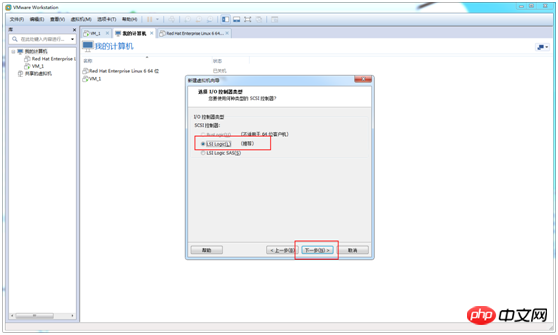
(11)Select SCSI(S) --> Next step
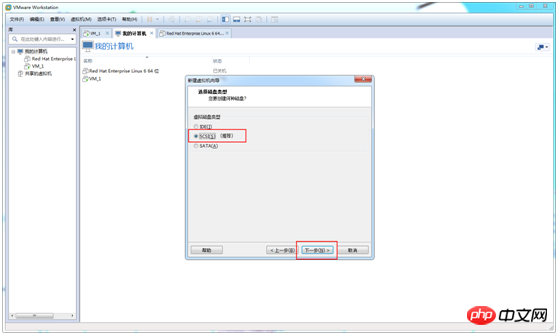
(12) Select to create a new virtual disk--> Next step

(13) Modify the maximum disk size --> Split the virtual disk into multiple files --> Next step
The maximum disk size is generally 20G, but here it is changed to 40G due to my own needs.
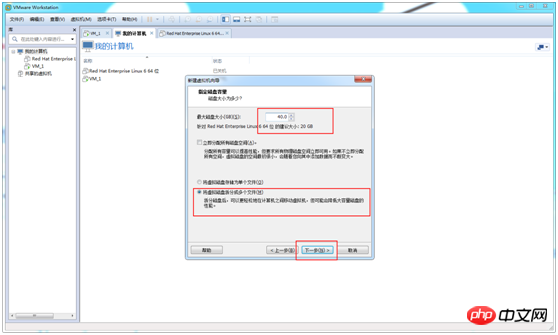
(14) The default disk file is enough, just click Next

(15)Click Finish
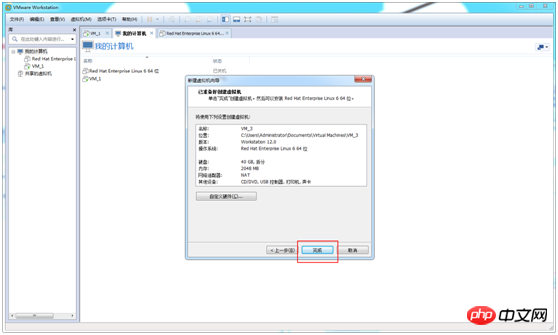
Final result: One more virtual machine named VM_3
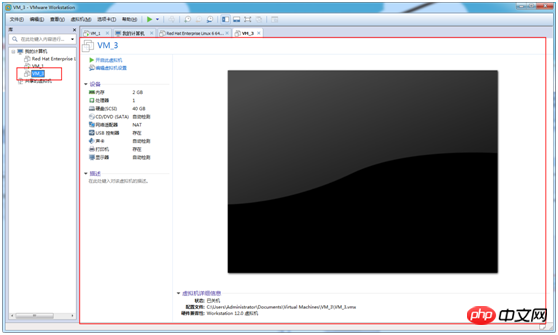
2. Install on the VM_3 virtual machine Centos 6.9 (without desktop)
First download CentOS-6.9-x86_64-bin-DVD.iso, I put the file to
F:\soft_install\job_software\VMWare\CentOS-6.9- x86_64-bin-DVD1.iso
(1) Open the settings panel
Select virtual machine VM_3 --> Virtual Machine--> Settings
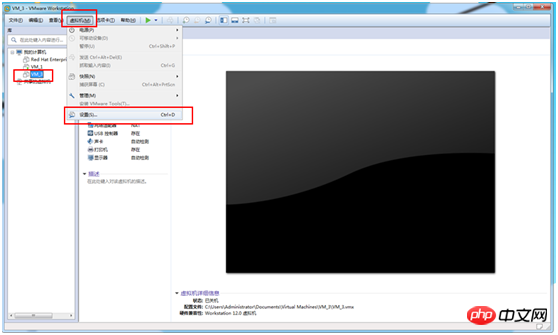
(2) Select the image file
Select the hardware--> CD/DVD(SATA)--> Check the connection during startup--> Select to use the ISO image file--> ; Browse--> Select the path to store CentOS-6.9-x86_64-bin-DVD.iso--> Confirm

(3) Start the virtual machine
Select VM_3 --> Start this virtual machine
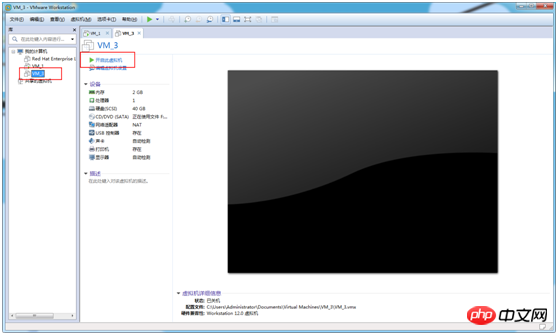
(4) Install system
Select Install or upgrade an existing system
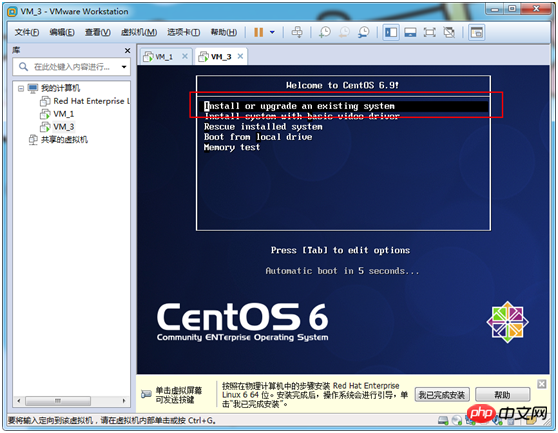
(5) Skip disk detection
Select skip
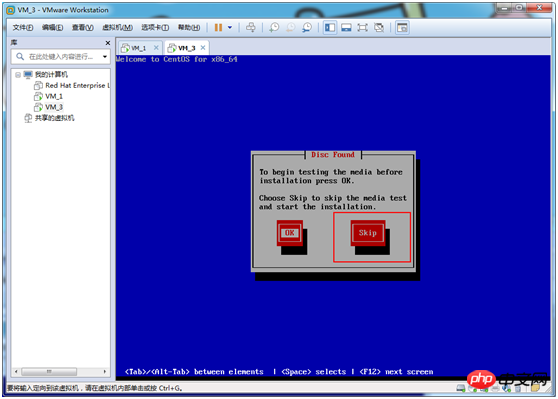
(6) Click Next
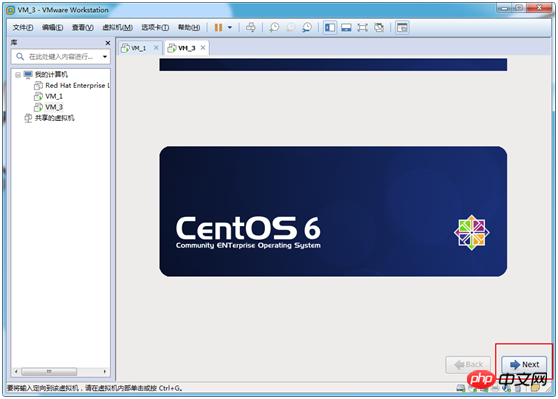
(7)Select language
Select English --> Next
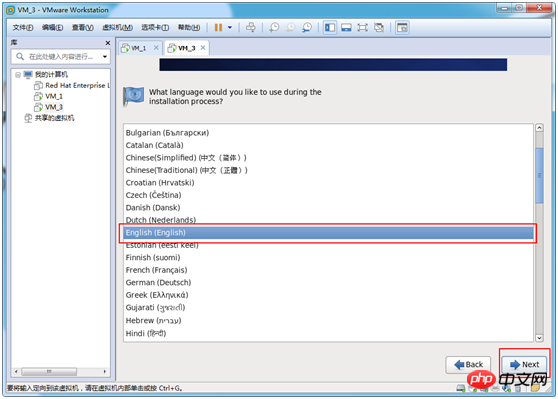
(8) Select keyboard type
Select U.S.English --> Next

(9)Select the disk type
Select Basic Storage Devices --> Next

(10)Format Disk
Click Yes, discard any data

(11) Modify the host name (the host name is the host name you will see in the linux system in the future )
Modify to VM3 --> Next
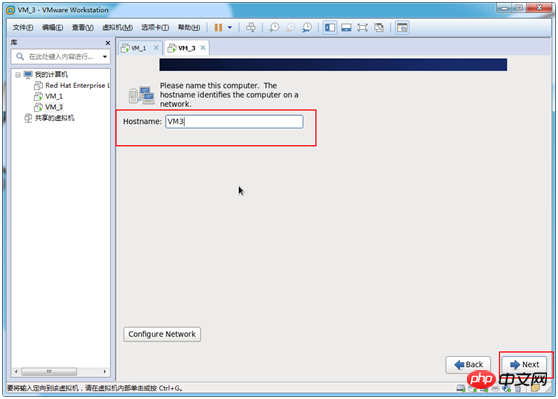
(12) Select time zone
Select Asia/Shanghai --> Next
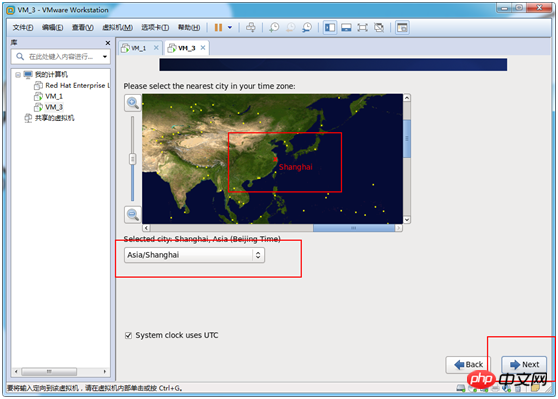
(13) Modify the password of the root super administrator
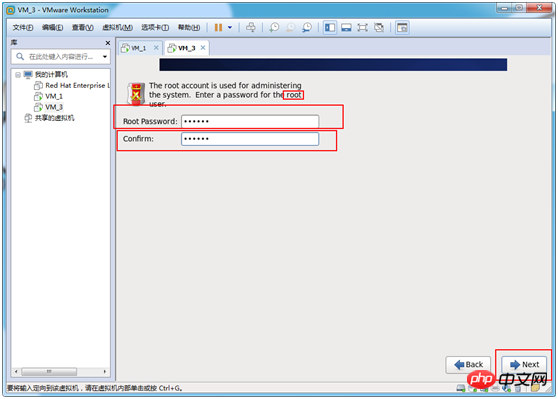
(14) Choose how to partition, here is the choice Custom partition
Select Create Custom Layout --> Next
Note: The first is to use all the space, the second is to replace the existing Linux system, and the third is to reduce the current system, the fourth is to use unused space, and the fifth is to customize the partition;
## Create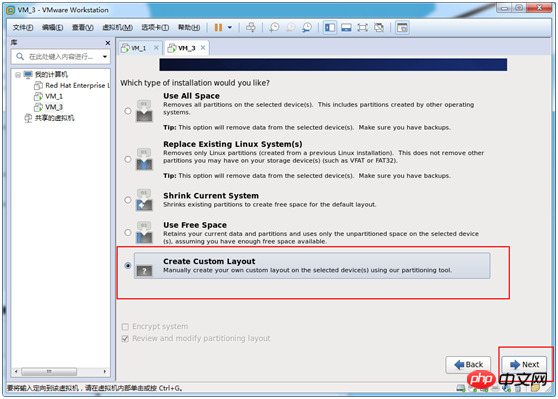
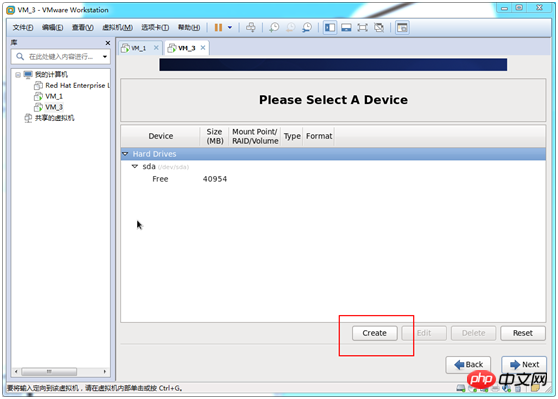
#
## 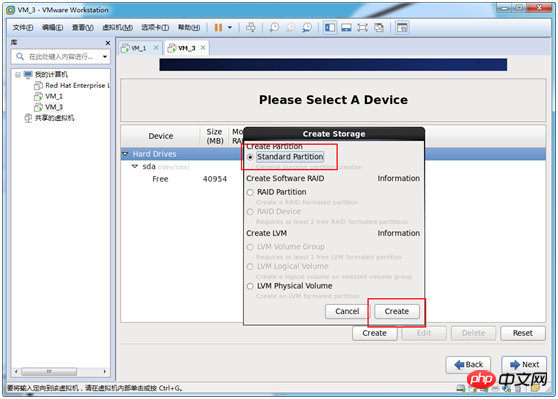 # oko itself
# oko itself
#
; ext4 --> 200 --> Fixed size --> Ok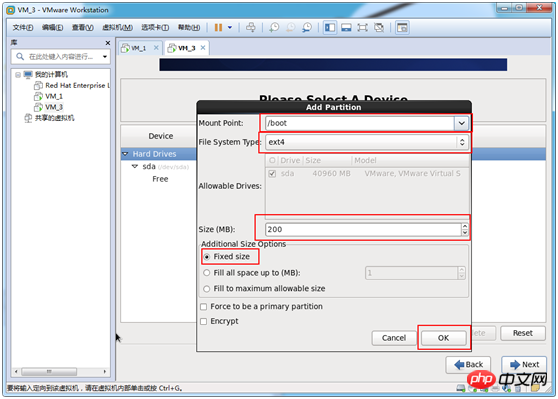
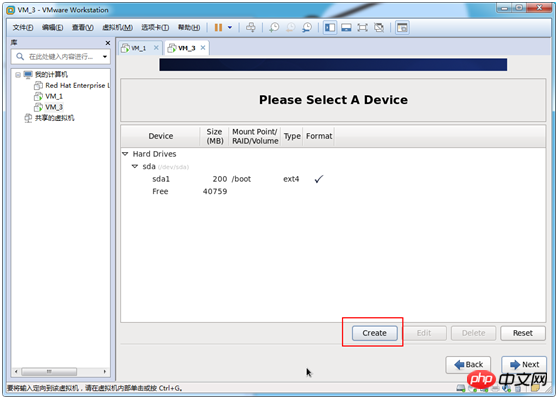
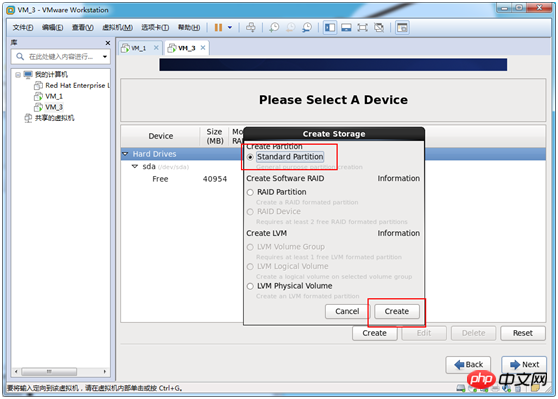
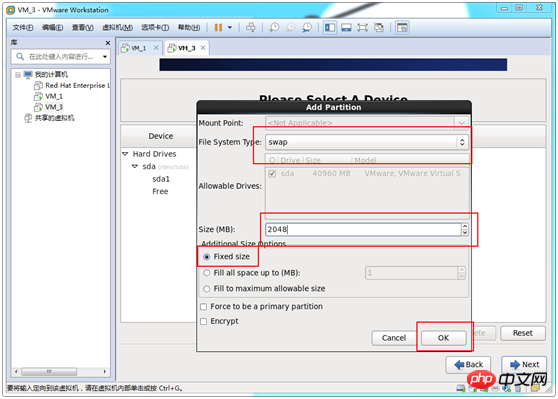

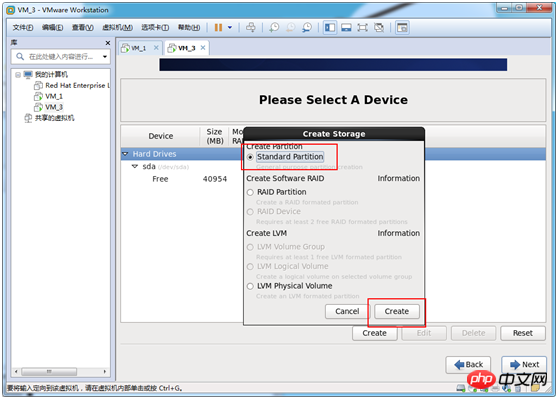
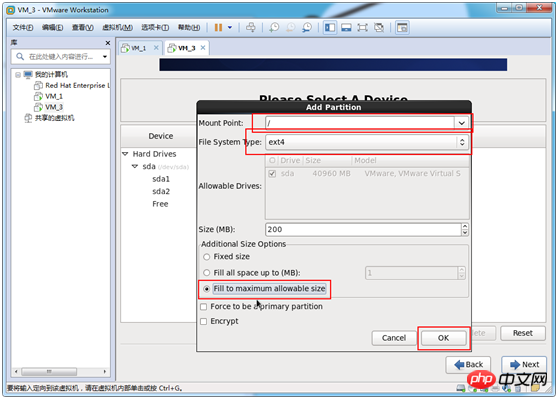
(18) Format partition
( 19) The system loads the settings and the default settings are sufficient. 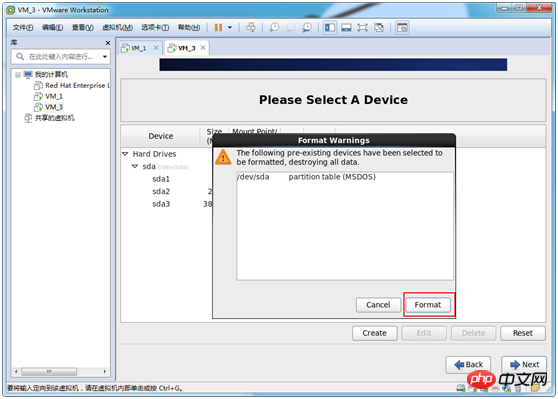
(20) Select the system, here select Basic Server, you can choose as needed
Desktop: Basic desktop system, including commonly used desktop software, such as document viewing tools
Minimal Desktop: Basic desktop system, including less software
Minimal: Basic system, does not include any optional Software package
Basic Server: Platform support for the installed basic system, excluding desktop
Database Server: Basic system platform, plus clients for MySQL and PostgreSQL databases, no desktop Web Server: Basic system platform, plus PHP, Web server, and MySQL and PostgreSQL database clients, no desktop
Virtual Host: basic system plus virtualization platform
Software Development Workstation: contains more software packages, basic system, virtualization Platform desktop environment, development tools
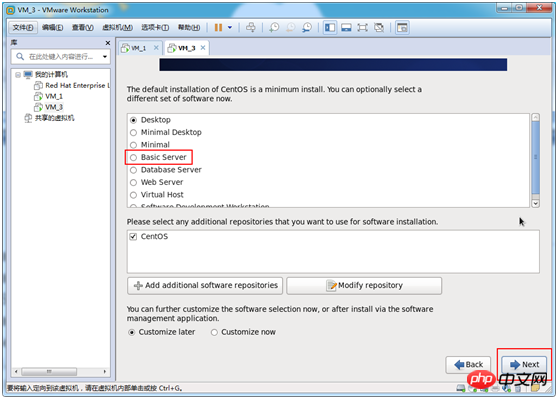
(21) The next step is to wait for the system installation to be completed

Continue to wait
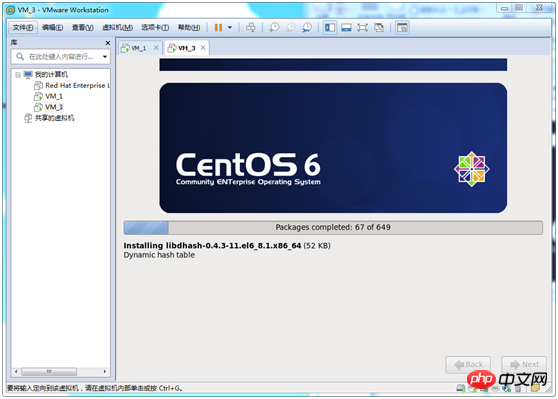
(22) Congratulations, the installation is completed! ! ! Just restart and leave the rest to the machine to do the rest
Reboot
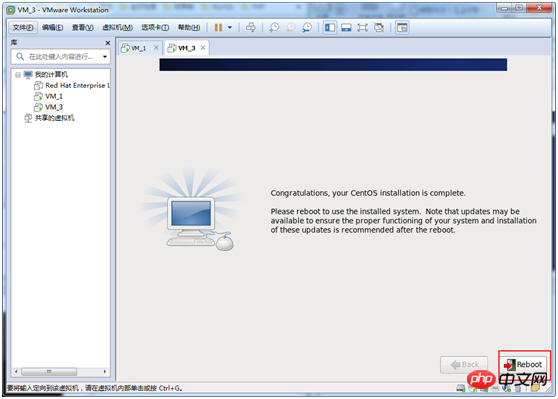
The above is the detailed content of VMWare installation Centos 6.9 method tutorial. For more information, please follow other related articles on the PHP Chinese website!

Hot AI Tools

Undresser.AI Undress
AI-powered app for creating realistic nude photos

AI Clothes Remover
Online AI tool for removing clothes from photos.

Undress AI Tool
Undress images for free

Clothoff.io
AI clothes remover

AI Hentai Generator
Generate AI Hentai for free.

Hot Article

Hot Tools

Notepad++7.3.1
Easy-to-use and free code editor

SublimeText3 Chinese version
Chinese version, very easy to use

Zend Studio 13.0.1
Powerful PHP integrated development environment

Dreamweaver CS6
Visual web development tools

SublimeText3 Mac version
God-level code editing software (SublimeText3)

Hot Topics
 How to input Chinese in centos
Apr 07, 2024 pm 08:21 PM
How to input Chinese in centos
Apr 07, 2024 pm 08:21 PM
Methods for using Chinese input in CentOS include: using the fcitx input method: install and enable fcitx, set shortcut keys, press the shortcut keys to switch input methods, and input pinyin to generate candidate words. Use iBus input method: Install and enable iBus, set shortcut keys, press the shortcut keys to switch input methods, and input pinyin to generate candidate words.
 How to read USB disk files in centos7
Apr 07, 2024 pm 08:18 PM
How to read USB disk files in centos7
Apr 07, 2024 pm 08:18 PM
To read U disk files in CentOS 7, you need to first connect the U disk and confirm its device name. Then, use the following steps to read the file: Mount the USB flash drive: mount /dev/sdb1 /media/sdb1 (replace "/dev/sdb1" with the actual device name) Browse the USB flash drive file: ls /media/sdb1; cd /media /sdb1/directory; cat file name
 How to enter root permissions in centos7
Apr 02, 2024 pm 08:57 PM
How to enter root permissions in centos7
Apr 02, 2024 pm 08:57 PM
There are two ways to enter the root authority of CentOS 7: use the sudo command: enter sudo su - in the terminal and enter the current user password. Log in directly as the root user: Select "Other" on the login screen, enter "root" and the root password. Note: Operate carefully with root privileges, perform tasks with sudo privileges, and change the root password regularly.
 What to do if you forget your password to log in to centos
Apr 07, 2024 pm 07:33 PM
What to do if you forget your password to log in to centos
Apr 07, 2024 pm 07:33 PM
Solutions for forgotten CentOS passwords include: Single-user mode: Enter single-user mode and reset the password using passwd root. Rescue Mode: Boot from CentOS Live CD/USB, mount root partition and reset password. Remote access: Use SSH to connect remotely and reset the password with sudo passwd root.
 SCP usage tips-recursively exclude files
Apr 22, 2024 am 09:04 AM
SCP usage tips-recursively exclude files
Apr 22, 2024 am 09:04 AM
One can use the scp command to securely copy files between network hosts. It uses ssh for data transfer and authentication. Typical syntax is: scpfile1user@host:/path/to/dest/scp -r/path/to/source/user@host:/path/to/dest/scp exclude files I don't think you can when using scp command Filter or exclude files. However, there is a good workaround to exclude the file and copy it securely using ssh. This page explains how to filter or exclude files when copying directories recursively using scp. How to use rsync command to exclude files The syntax is: rsyncav-essh-
 How to enable root permissions in centos7
Apr 07, 2024 pm 08:03 PM
How to enable root permissions in centos7
Apr 07, 2024 pm 08:03 PM
CentOS 7 disables root permissions by default. You can enable it by following the following steps: Temporarily enable it: Enter "su root" on the terminal and enter the root password. Permanently enabled: Edit "/etc/ssh/sshd_config", change "PermitRootLogin no" to "yes", and restart the SSH service.
 How to enter root permissions in centos
Apr 07, 2024 pm 08:06 PM
How to enter root permissions in centos
Apr 07, 2024 pm 08:06 PM
There are two ways to perform tasks with root privileges in CentOS: 1) Use the sudo command to temporarily obtain root privileges; 2) Log in directly using the root user password. Extreme caution should be used when using root privileges and it is recommended to only use them when necessary.
 How to obtain root permissions in centos7
Apr 07, 2024 pm 07:57 PM
How to obtain root permissions in centos7
Apr 07, 2024 pm 07:57 PM
There are several ways to gain root privileges in CentOS 7: 1. Run the command using "su". 2. Use "sudo" to run a single command. 3. Enable the root user and set a password. NOTE: Be cautious when using root privileges as they may damage the system.





